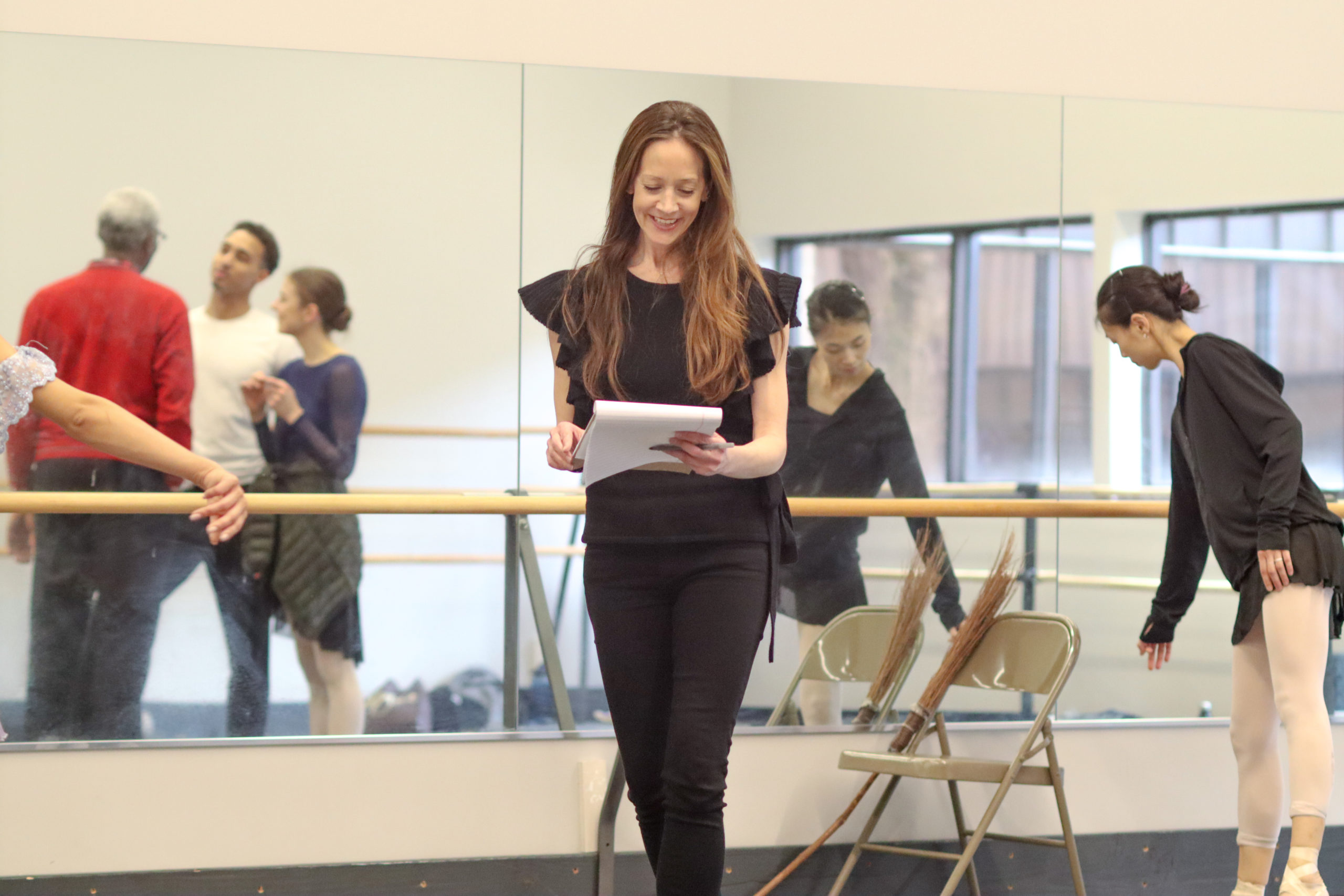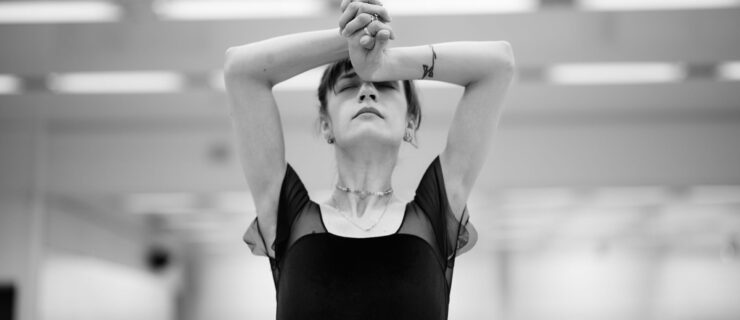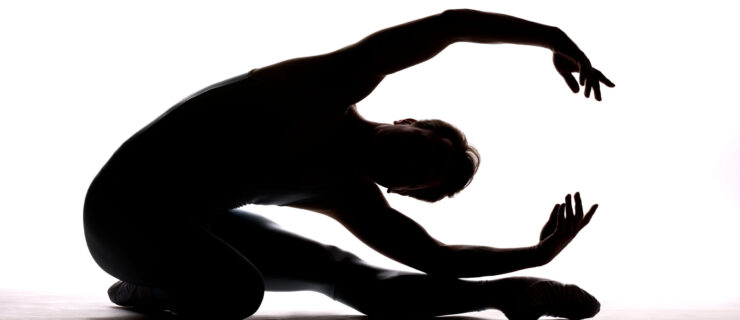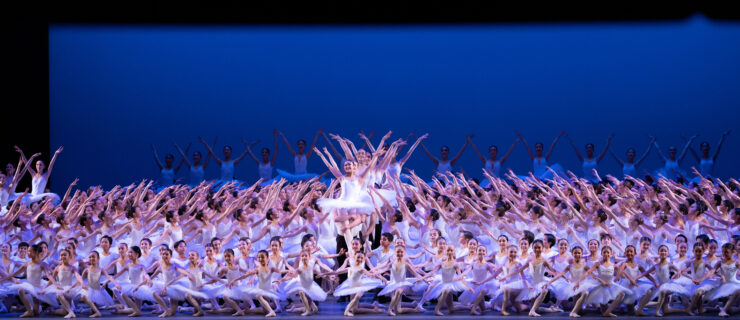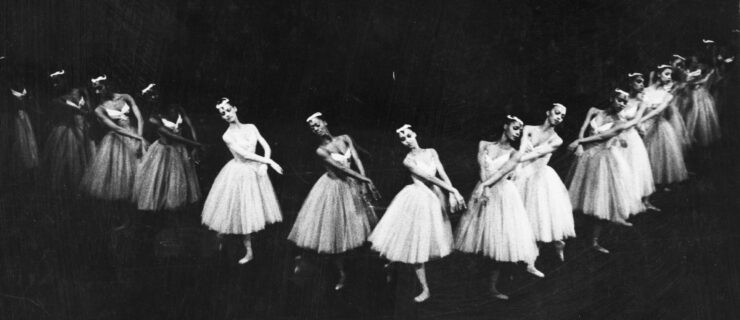Maria Kowroski Gets Down to Work at New Jersey Ballet
When Maria Kowroski retired from dancing in October 2021, she had been with New York City Ballet for 25 years. Her glamor and air of mystery onstage were unparalleled in the company. While there she had performed in a swath of the company’s repertory, from the central pas de deux in Balanchine’s modernist masterpiece Agon to the “girl in green” in Jerome Robbins’ Dances at a Gathering. She had also created a long series of new roles, most especially in ballets by Christopher Wheeldon and Mauro Bigonzetti, with whom she forged strong connections.
Then, just a month after her farewell, she took on a complex new challenge: accepting the post of acting artistic director at New Jersey Ballet, a small company based in Florham Park, near Morristown. It was not a position she had sought out, nor one that, before accepting, she was at all sure she was suited for—but she was intrigued, and excited by the opportunity to make a difference. “I really hadn’t projected the idea of directing a company into my future,” Kowroski said earlier this year as the company prepared for its fall season.
Kowroski had become more familiar with New Jersey Ballet during the pandemic, when one of its repertory coaches and school faculty members, Kotoe Kojima-Noa, reached out about teaching some virtual master classes. Leading up to the pandemic, Kowroski, who had been teaching at the School of American Ballet and at Juilliard, discovered that she loved teaching and coaching dancers. “I felt like I had found my voice, and that it was really my duty to pass on everything I had learned from all those Balanchine ballerinas over the years,” says Kowroski.
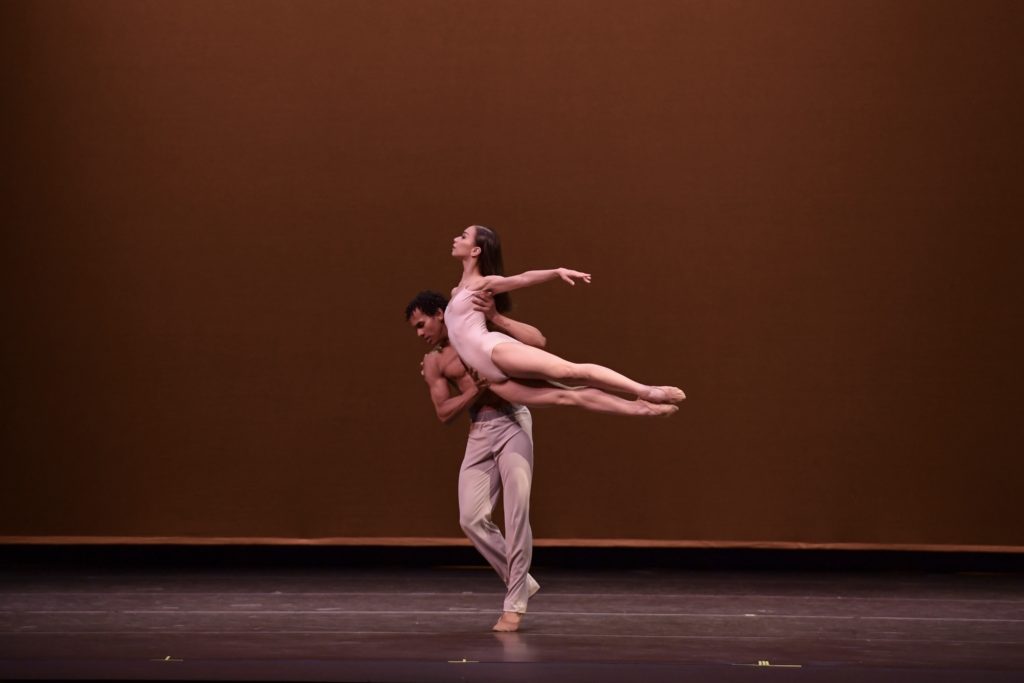
But as retirement loomed, New Jersey Ballet approached her about becoming its new acting artistic director. (As of last month, she is now its official artistic director.) The company was founded in 1958 by Carolyn Clark and the late George Tomal, both alumni of American Ballet Theatre. For decades, Clark was a steady presence at the New Jersey company and school. “She was the epitome of elegance,” says former NYCB dancer Faye Arthurs, who began her studies under Clark. “Strict but not mean. The dancers respectfully hushed in the hallways when she passed by.”
But during the pandemic, Clark began to step back. It was the company’s assistant director, Paul McRae, who was running day-to-day operations. “There was room for new leadership,” says Ilse Kapteyn, a dancer who has spent the last 10 years at New Jersey Ballet.
Kapteyn, who trained in her home state of Massachusetts and at the Bolshoi Ballet Academy in Moscow, is impressed by how quickly Kowroski settled in and began to make her mark. “She takes the work really seriously, but there’s no ego,” says Kapteyn. “And because she just retired, I feel like she really knows what’s going on in the dance world.”
Kowroski stepped in at a difficult time, both for New Jersey Ballet and for the performing arts in general. Because of the pandemic, the number of performances was down, and the company’s roster shrank from 22 to 12. Audiences were hesitant to return to theaters. “I want us to grow the budget so we can pay the dancers more and increase the number of work weeks,” says Kowroski. At the moment, the dancers have 22 weeks of work; in the past, it was closer to 30 or 35.
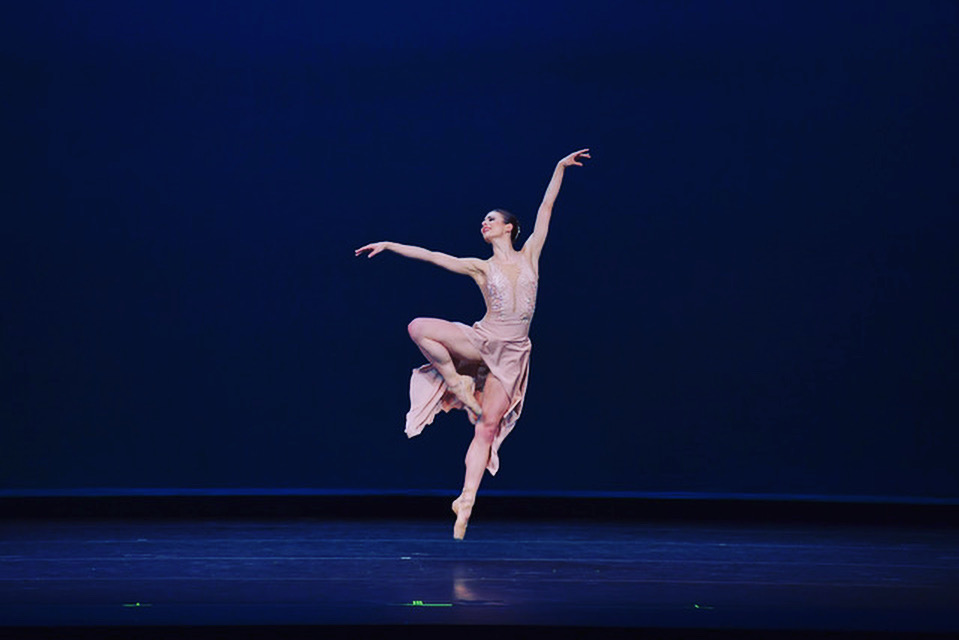
Her very first challenge last season was getting the company ready for its yearly run of The Nutcracker at the Mayo Performing Arts Center in Morristown, where New Jersey Ballet recently became one of the companies in residence. (The partnership will help with marketing and visibility.) With only a month to go before performances, New Jersey Ballet had only three male dancers. Kowroski’s connections saved the day. “It was kind of a miracle, but somehow I found them,” she says. Two dancers came from the School of American Ballet, one from ABT’s Jacqueline Kennedy Onassis School. Friends stepped in to dance the role of the Cavalier.
As the months passed, she hired 10 new dancers, apprentices and trainees. She also spearheaded a new trainee program for young dancers just finishing their training, offering extra classes, strengthening programs and coaching sessions, as well as the chance to participate in selected company performances.
This past spring, the company was able to present a substantial evening of ballets that included both George Balanchine’s bravura showpiece Tschaikovsky Pas de Deux and one of the works Kowroski was most closely identified with at NYCB, the pas de deux from Christopher Wheeldon’s After the Rain. Kowroski staged it herself. (It was her first experience of staging a ballet.)
“In a short amount of time,” says Clark, “Ms. Kowroski had a significant impact on the artistic quality of the dancers.”
Kowroski’s plans include bringing in more Balanchine works, which she feels will give the dancers a better sense of musicality, sharper technique, abandon, and amplitude and freedom onstage. But she’s not planning to jettison the evening-length classics that for decades have been at the heart of the company’s repertoire. In addition to The Nutcracker, in the spring of 2023 the company will do a full-evening Sleeping Beauty, as well as a shorter, one-act version for young audiences.
Her plans for the company’s November performance at the Mayo Performing Arts Center are ambitious. In addition to the popular Balanchine work Who Cares?, set to orchestrations of Gershwin songs, the company will dance a new piece by her former colleague, NYCB principal Harrison Ball, as well as the highly virtuosic Hallelujah Junction, by her former boss, Peter Martins.
“I always really liked that ballet,” says Kowroski of Hallelujah, which is set to music by John Adams. “It has so much energy.” Based on her personal experience, she also believes the dancers could benefit from working with Martins, for whom she danced for most of her career, before he left NYCB in 2018 under a cloud of misconduct allegations, which an internal investigation was unable to substantiate. “I had a great relationship with him,” Kowroski says. “And I thought, Here is this person who worked under Balanchine. Wouldn’t it be great if he could get back into the studio and share his knowledge?”
In contrast, Harrison Ball is relatively new to choreography; Kowroski was impressed by an excerpt she saw of his work from the New York City Ballet’s Choreographic Institute. “I thought it was beautiful,” she says, and she is eager to give her dancers the opportunity to have a ballet tailor-made for them. As an extra bonus, it will have designs by the fashion designer Zac Posen, to whom Ball is engaged.
It’s the kind of connection and opportunity that comes with a long and well-respected career spent at the very heart of the American ballet world. And the dancers are excited. “We’re a little starstruck,” says Kapteyn. “We feel like she’s pushing us to be more.”
